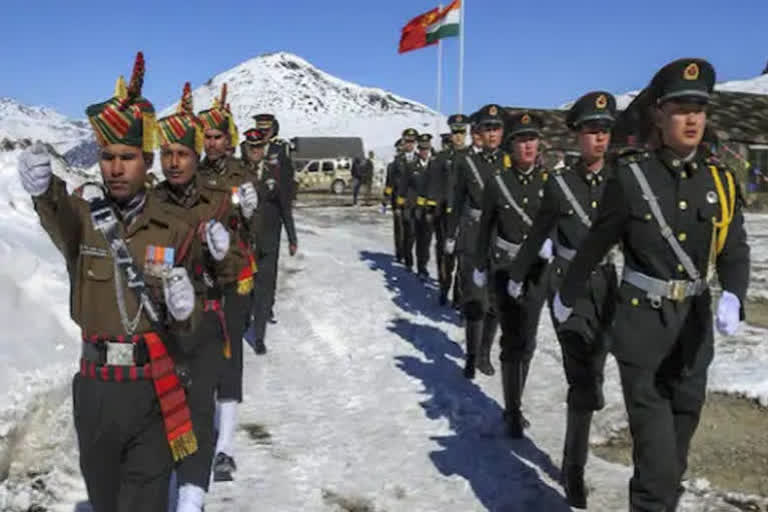New Delhi: The 13th round proved to be ill-fated after all. Sunday’s commander-level talks between the Indian and Chinese armies at the PLA garrison of Moldo across India’s Chushul in eastern Ladakh ended on a bitter note after about eight hours of talks—a short session compared to some earlier rounds that lasted well about 16 hours.
That the border impasse between the Asian giants continued and the 13th round did not quite have a happy ending and the two sides could well be staring at another bitter winter in the extreme zone along the Line of Actual Control (LAC) can be gleaned also from the fact that there was no joint statement after the talks ended at about 7 PM Sunday night.
Read: Unlucky start to Round 13 of Ladakh talks
An unusually terse Indian statement issued on Monday morning pointed out that the meeting did not result in resolution of the remaining areas as the “Chinese side was not agreeable and also could not provide any forward-looking proposals”.
Charging China of leading to the situation along the Line of Actual Control (LAC), it said: “(The prevailing situation) had been caused by unilateral attempts of the Chinese side to alter the status quo and in violation of the bilateral agreements. It was therefore necessary that the Chinese side take appropriate steps in the remaining areas so as to restore peace and tranquility along the LAC in the western sector.”
Just before the Indian statement, a release from PLA Western Theater Command’s spokesperson senior colonel Long Shaohua charged the Indian side of making “unreasonable and unrealistic demands which made the negotiations more difficult” in the latest round and urged India “not to misjudge the situation”.
Col Long termed the situation in the China-India border areas “hard-won” and asked adherence to relevant agreements and consensus between the two countries and the two militaries.
On Saturday, a day before the talks, Indian Army chief General MM Naravane had expressed concern on the large-scale build-up and the equal amount of infrastructure development on the Chinese side. “It means that they (PLA) are there to stay… But if they are there to stay, we are there to stay too. And the build-up on our side, and the developments on our side, are as good as what PLA has done.”
The latest round took place under the shadow of at least two flare-ups in the central and eastern sector—one in Barahoti pasture in Uttarakhand’s Chamoli district on August 30, 2021, when about 100 PLA soldiers with about 55 horses transgressed about 5 km inside the Indian territory after crossing the Tun Jun pass. While such incidents in the region are common, what took the Indian side by surprise was the number of troops involved.
The second incident took place near Yangtse on the McMahon Line in Arunachal Pradesh’s Tawang sector on September 28 when there was a face-off between the patrol parties of the two sides that seemingly ran into each other.
While Indian army sources played down the incident as “routine”, it was in contrast to the Chinese narrative which charged the Indian establishment of not abiding by bilateral agreements.
From west to east, the 3,488-km-long India-China border straddles one of the world’s most difficult and extreme terrains on the Himalayas and is spread across Ladakh, Uttarakhand, Himachal Pradesh, Sikkim and Arunachal Pradesh.
The root cause of the India-China border problem is that the boundaries are not formally demarcated.
Read: IAF's prompt actions in eastern Ladakh testament to its combat readiness: IAF chief
The latest border standoff began in April-May 2020 when border brawls took place between the two sides on the northern bank of the Pangong lake in eastern Ladakh and another one in northern Sikkim. And then on June 15, 2020, another violent fight between the two sides resulted in at least about 24 deaths.
The subsequent military mobilization involving a huge number of troops and warlike equipment has made the LAC zone a very highly militarized zone.
The Indian side was led by the commander of the Leh-based 14 Corps while the PLA was led by the commander of the PLA’s South Xinjiang Military District. The other participants include senior diplomats, border security officials, and local officials.


